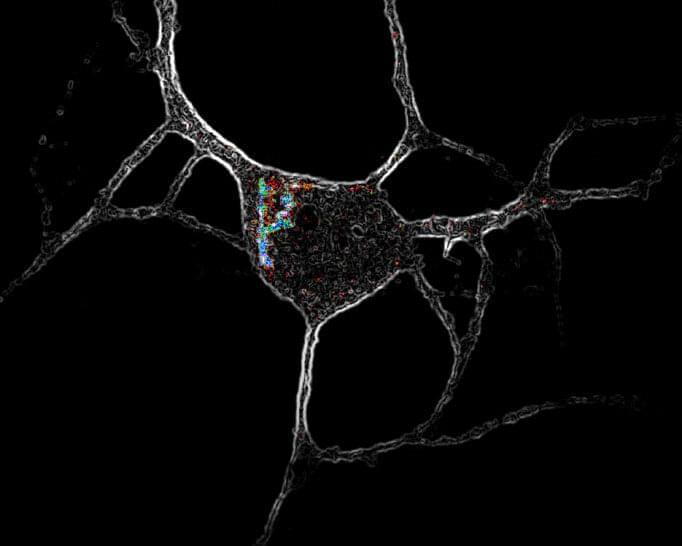By using shaped ultrasound, researchers in Germany have developed a way to 3D print objects in one shot.





Year 2021 Basically dmt may be a sorta chemical based computer that shapes our reality which could help understand why sometimes people have disorders of reality perception.
Do we see the world as it really is, or are we creating our own reality? We delve into the neuroscience behind the world that we experience.

Can we objectively tell how fast we are aging? With a good measure, scientists might be able to change our rate of aging to live longer and healthier lives. Researchers know that some people age faster than others and have been trying to concisely measure the internal physiological changes that lead to deteriorating health with age.
For years, researchers have been using clinical factors normally collected at physicals, like hypertension, cholesterol and weight, as indicators to predict aging. The idea was that these measures could determine whether someone is a fast or slow ager at any point in their life cycle. But more recently, researchers have theorized that there are other biological markers that reflect aging at the molecular and cellular level. This includes modifications to a person’s genetic material itself, or epigenetics.
While each person has a genetic makeup that largely does not change over their lifetime, chemical changes to their genetic material that occur throughout life can change which genes are turned on or off and lead to more rapid aging. These changes typically involve the addition of methyl groups to DNA and are influenced by social and environmental exposures, such as adverse childhood experiences, smoking, pollution and depression.
Explore how pneumonia attacks the tiny air sacs in your lungs and how your immune system works to fight off the infection.
Every time you breathe, air travels down the trachea, through a series of channels, and then reaches little clusters of air sacs in the lungs. These tiny sacs facilitate a crucial exchange: allowing oxygen from the air we breathe into the bloodstream and clearing out carbon dioxide. Pneumonia wreaks havoc on this exchange system. Eve Gaus and Vanessa Ruiz detail how pneumonia attacks the lungs.
Lesson by Eve Gaus and Vanessa Ruiz, directed by Artrake Studio.
Support Our Non-Profit Mission.
Support us on Patreon: http://bit.ly/TEDEdPatreon.
Check out our merch: http://bit.ly/TEDEDShop.
Connect With Us.

Based on analysis of preliminary information from several sources, NASA experts believe the object was a meteoroid about two feet in diameter weighing about 1,000 pounds. The angle and speed of entry, along with signatures in weather radar imagery, are consistent with other naturally occurring meteorite falls. Radar and other data indicate that meteorites did reach the ground from this event.
Although meteorites tend to hit Earth’s atmosphere at high speeds, they slow as they travel through the atmosphere, breaking into small fragments before hitting the ground. Meteorites cool rapidly and generally are not a risk to the public.
The New Murabba, which will house hundreds of thousands of residents, is one of the many mega projects part of the Saudi Vision 2030 plan.
If you thought NEOM was the most precious brainchild of Saudi Arabia, then you’re wrong. On Thursday, Saudi’s Crown Prince, Mohammad bin Salman bin Abdulaziz, unveiled plans to supposedly build the world’s largest downtown development in Riyadh called New Murabba, covering over seven square miles.
And that’s not even close. Murabba’s main character will be a ginormous, 400-meter-high, cubed skyscraper called the Mukaab. The Mukaab will be one of the largest structures — large enough to house 20 Empire State buildings.

An Australian firm has finished its electric VTOL aircraft’s first tethered test flight. AMSL Aero’s offering, christened Vertiia, aims to provide a safe aircraft that will ease the burden of traffic congestion on people’s lives.
Vertiia is one of the newest VTOL industry entrants that has seen recent activity from players like Jetoptera and ARC Aerosystems.